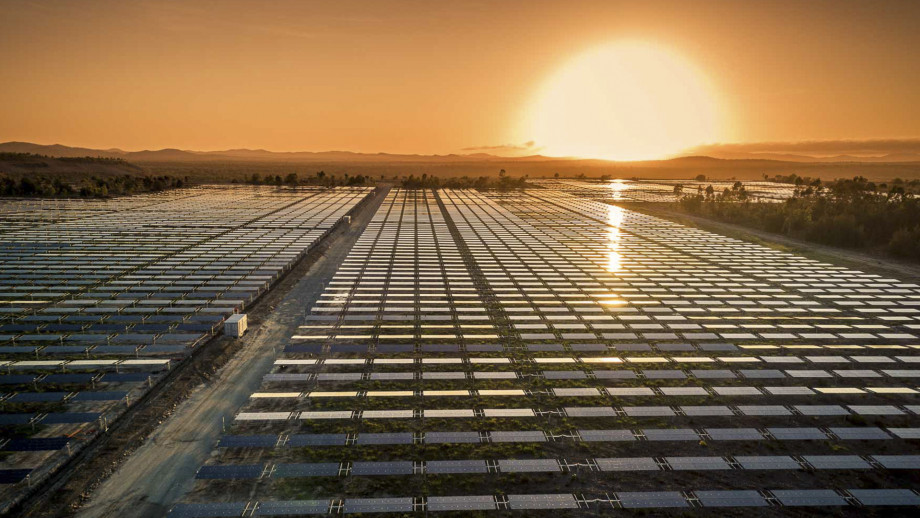Wholesale power prices in Australia's National Electricity Market (NEM) are forecast to fall 20% over the next two years due to the impact of a “perfect storm” involving Covid-19 demand cuts, lower domestic gas prices, and the commissioning of large renewable energy projects, according to new research from energy market analysts RepuTex. Such circumstances are likely to shift sands in renewable energy investment.
While electricity consumption volumes are not yet depicting a steep decline – such as those seen in Europe and the United States – the analysts assume a drop in demand over April and May, as industrial facilities continue to close or reduce consumption, with restrictions eased by July 2020 and a return to ‘normal’ electricity consumption levels 12 months later. How far prices actually fall will depend on the extent and duration of lockdown restrictions. According to RepuTex, the nationwide lockdown is expected to lead to a 10% to 40% cut in electricity consumption.
This could be seen in the weighted average NEM wholesale price of “around AU$69 (US$43.91)/MWh for 2019-20, declining toward AU$55/MWh over the next two years before recovering back above AU$60/MWh, slightly higher than current futures prices,” the consultancy said.
On the supply side, around 1.6 GW of solar and wind capacity has been commissioned in fiscal 2019-20, RepuTex noted. “Although we expect utility-scale solar and wind commissioning could hibernate for the next one to two quarters due to Covid-19 disruptions, we continue to forecast a total of 6.1 GW of solar and wind to be commissioned over the next two years, along with the contribution of another 1.2 GW of new rooftop PV,” it said.
Popular content
However, the new circumstances will not have a uniform impact across the renewable energy industry, with smaller capacity projects likely to be more adversely affected. “Impacts are more likely to be felt at the lower end of the market, with smaller projects more adversely affected by negative factors such as the lower Australian dollar and associated higher supply chain costs, with the low wholesale electricity price environment to potentially disrupt the economics of these projects,” RepuTex said.
According to Norwegian consultancy Rystad Energy, the Covid-19 pandemic could lead to the postponement or cancellation of financial close on some 3 GW of solar and wind project capacity, as the falling Australian dollar renders projects uneconomical. Since capital expenditure costs have increased in recent months – with rising hardware costs typically priced in US dollars – developers will be challenged to profitably meet power supply contract pricing commitments.
However, RepuTex noted that despite lower power prices, it does not expect the medium-term environment to kill off renewable energy investment, particularly at the largest scale, with new mega-projects able to compete under AU$50/MWh, such as Acciona’s 1 GW MacIntyre Wind Farm, which is scheduled to be fully commissioned in 2024. This could eventually lead to a shift in investment toward more new mega-projects, at the expense of smaller capacity developments.
This content is protected by copyright and may not be reused. If you want to cooperate with us and would like to reuse some of our content, please contact: editors@pv-magazine.com.



By submitting this form you agree to pv magazine using your data for the purposes of publishing your comment.
Your personal data will only be disclosed or otherwise transmitted to third parties for the purposes of spam filtering or if this is necessary for technical maintenance of the website. Any other transfer to third parties will not take place unless this is justified on the basis of applicable data protection regulations or if pv magazine is legally obliged to do so.
You may revoke this consent at any time with effect for the future, in which case your personal data will be deleted immediately. Otherwise, your data will be deleted if pv magazine has processed your request or the purpose of data storage is fulfilled.
Further information on data privacy can be found in our Data Protection Policy.